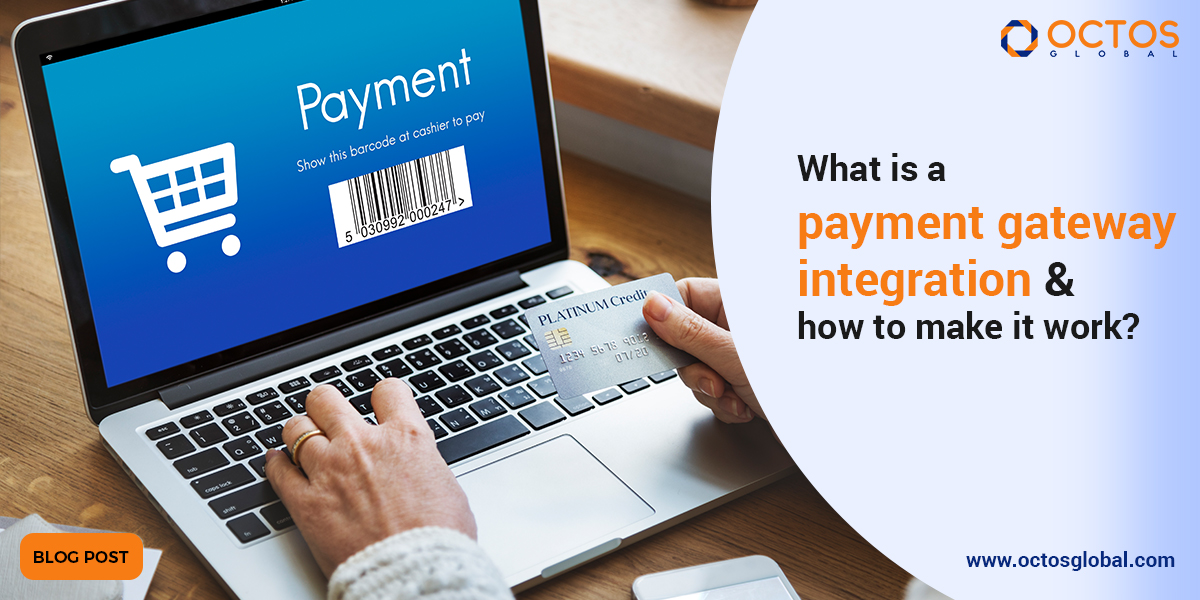If you are running an online business and if you do not have a user-friendly checkout system, the chances are you are losing a lot of customers. As per Statista, around 54% of all e-commerce retail is done via mobile devices. More importantly, 11% of customers leave a transaction in between if the shopping cart has a complex checkout system. Hence, it is essential to have a user-friendly and secure payment gateway. A payment gateway is a channel that verifies your customer bank card details, check for the availability of funds, allow business owners to receive payments for their service or product. A payment gateway integration links the payment gateway to your web page or shopping cart. It helps in keeping all the online transactions safe and makes your customers happy.
How does a payment gateway work? A payment gateway passes through many steps so you can sell your products, and customers can easily buy the products they like. Below are different steps that happen behind the scenes:
• The customer selects the items and proceeds to make the payment by entering the card details. • The card details entered are secured using Secure Socket Layer (SSL) encryption to be sent between the merchant's web server and the customer's browser. A payment gateway eliminates the merchant’s Payment Card Industry Data Security Standard (PCI DSS) compliance obligations without redirecting their customers away from the merchant website. • Next, the transaction details are sent to the payment gateway by the merchant (SSL encrypted connection). • The payment gateway converts the message from XML to ISO 8583 and then forwards the transaction information to the payment processor used by the merchant's acquiring bank. • The payment processor then forwards all details related to the transaction to the card association (Visa and Mastercard). • The bank that has issued the card authorizes the request after validating the availability of funds in the account and sends the response to the processor. • The processor forwards the authorization response to the payment gateway, and it further forwards it onto the interface used to process the payment. If you are looking for payment gateway integration, you first need to decide the type of payment gateway integration you require. Below are some of the popular types – • Hosted payment gateway integration - This payment gateway integration redirects your customers to a secure payment page. The redirected page is hosted by a payment service provider. The payment gateway acts as a third party in this case, as the customer needs to leave your website. • Self-hosted payment gateway integration - If you need to control the whole checkout experience of your customers, this is the option for you. In this option, to make the payment, the customer does not have to leave the shopping site. You can customize the payment gateway integration, and the whole transaction happens on a single page. • API payment gateway integration - Under this option, the customers can enter their payment details directly on the checkout page and complete online payment using APIs. Merchant will have 100% control over the payment page user interface.Once you have decided on the type, you can check the other details - transaction fees, multi-currency support offered, accepted payment modes, etc before starting the payment gateway integration process.

